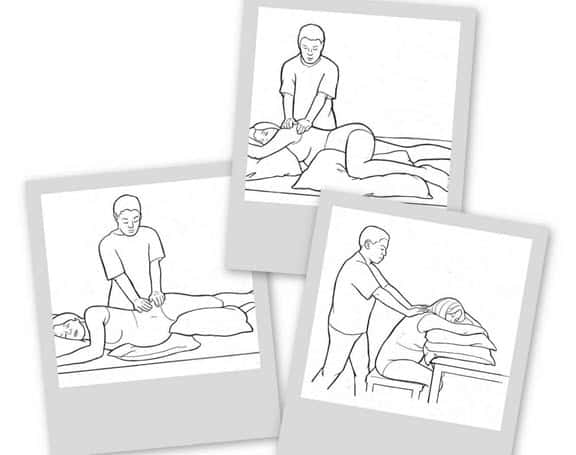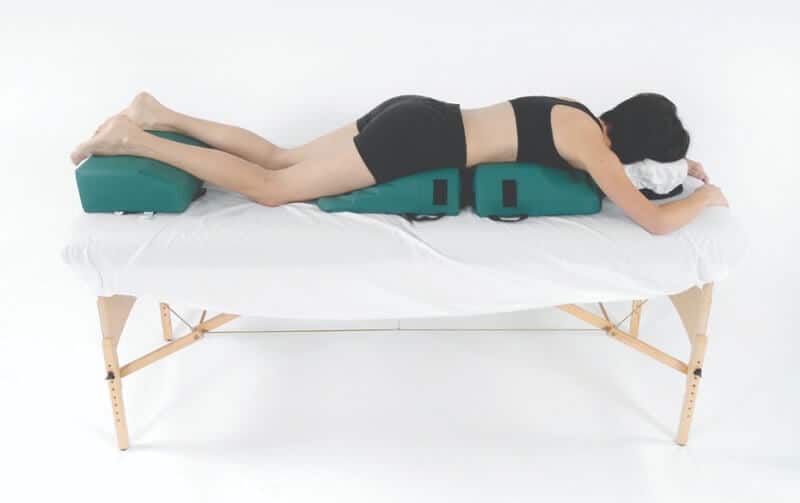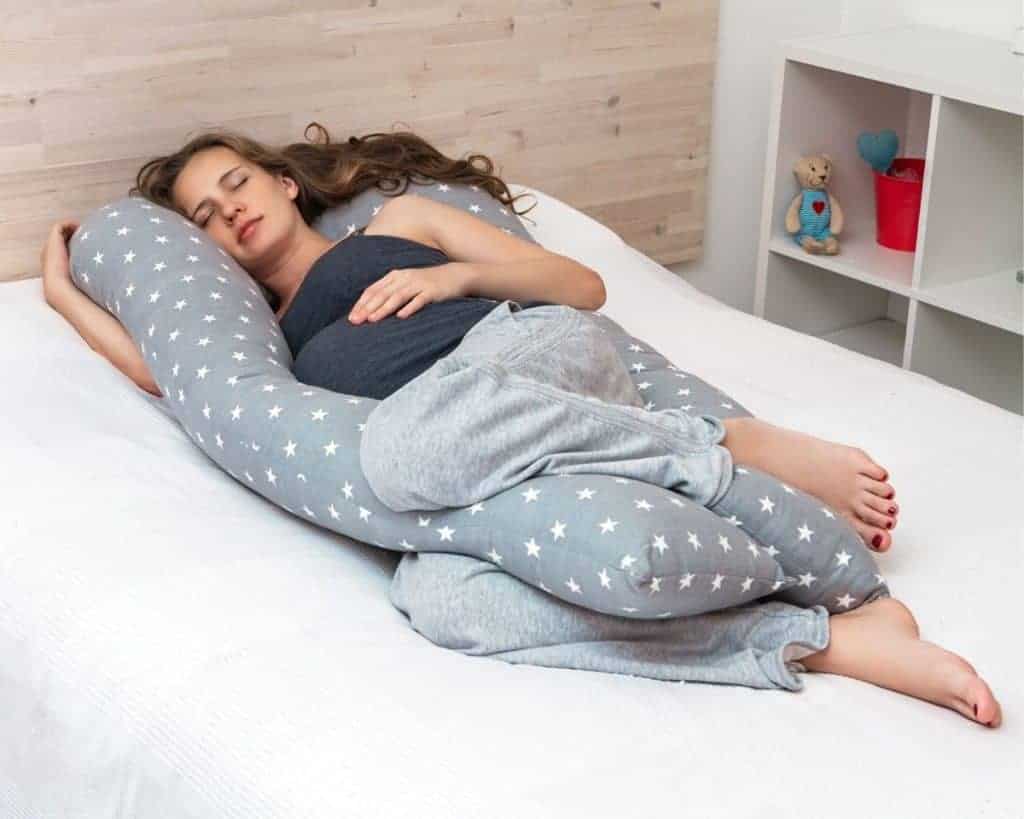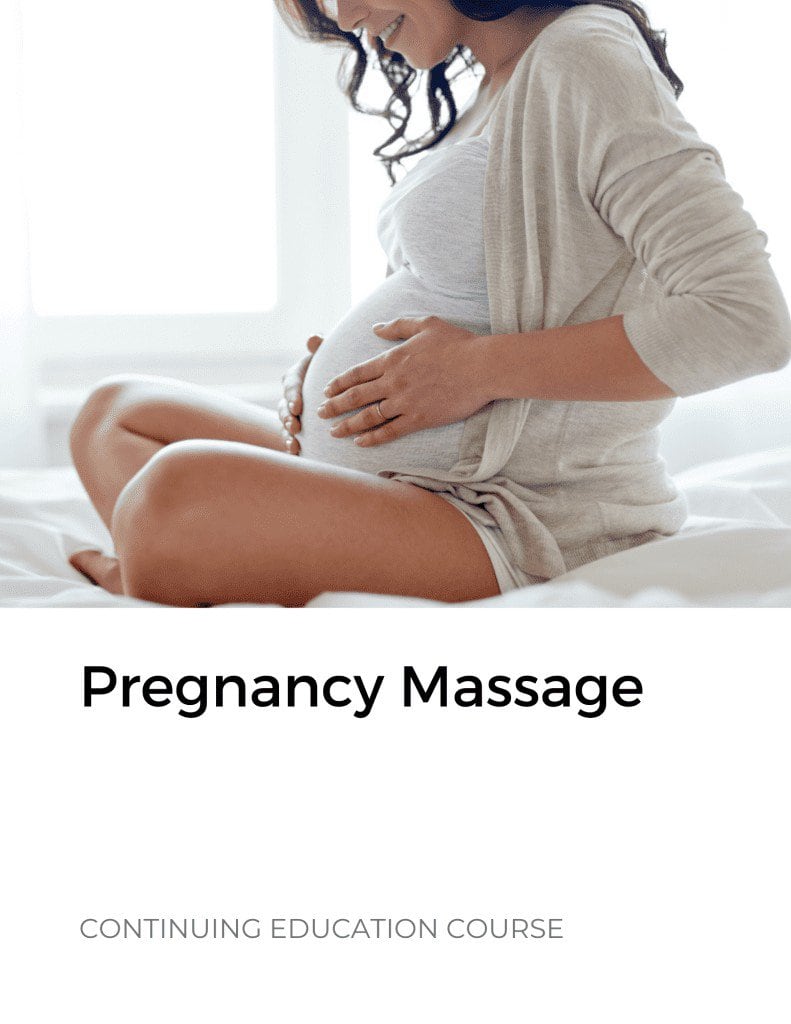How to Position a Pregnant Client for Massage
One of the most challenging aspects of pregnancy massage is getting your client in a position that feels comfortable for the duration of the massage.
You may have to be creative in finding a position that is both comfortable for the woman and which allows you good access to the part of her body you wish to work on. Try sidelying, semiprone, sitting in a chair, or sitting with legs elevated. Make generous use of pillows for support. For example, if you are using a sidelying position use pillows under her head, under her abdomen, and between her legs. Often, the massage will have to be shortened, or the client may require frequent changes of position.

Positioning is not usually problematic until the fifth or sixth month of pregnancy. Until then, your pregnant client can be positioned in any way that a non-pregnant client would be. After that point in the pregnancy, the prone position is usually uncomfortable because of the size of the abdomen and therefore should not be used.
Many therapists will also avoid the supine position in the second half of the pregnancy because in this position the weight of the fetus compresses the inferior vena cava (a major vein that returns blood to the heart) and to a lesser extent the aorta. As she becomes larger, the supine position may also put undue stress on the spine. However, these are not usually serious concerns for the short periods of time that the woman will be on her back for the massage.
Elicit feedback from your client frequently and use her comfort level as a guide. You will generally find that many women will begin to feel uncomfortable after 10 or 15 minutes on their back. Towards the end of term, they may not feel comfortable lying on their backs at all.
Specialized support systems use foam forms that match the body’s contours. Typically many pieces are included to fill in every gap where a client might need support. Velcro strips keep these pieces in place during massage. These systems are particularly useful with pregnant clients and can even allow your pregnant client to lie prone comfortably.

Pregnancy pillows can be of use as well. As they come in different shapes, you may use them to allow the mothers to rest in different positions. As they are made specifically to fit the shape of the body, many women find it more comfortable than the ordinary pillows. For example, you may use a U pillow to let the woman rest in a sidelying position. This will allow the mother to place her hand and feet over the pillow while the abdomen is rested on the long hand of the pillow. Complete body support can be facilitated using these modern types of pregnancy pillows.

This blog post is an except from Massage Mastery Online’s Pregnancy Massage course. This is one of the most comprehensive courses you’ll find on the subject. It was written by Eric Brown in consultation with Dr. Nuwanthi Fernando, MD and Raissa Sauve, massage therapist and doula. This course NCBTMB-approved for 8 CE hours.



